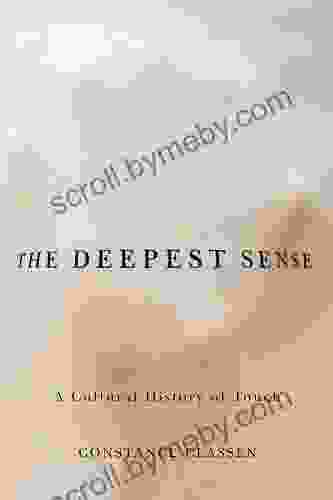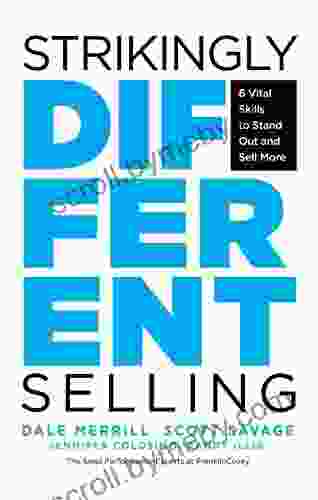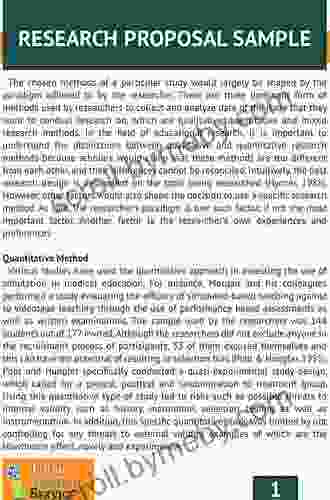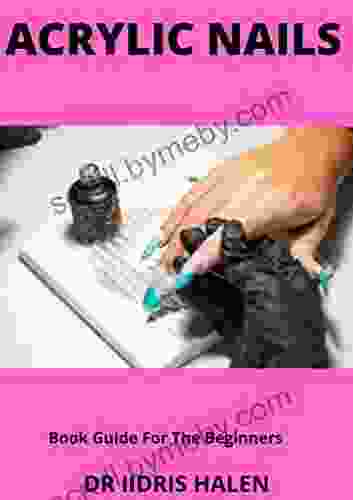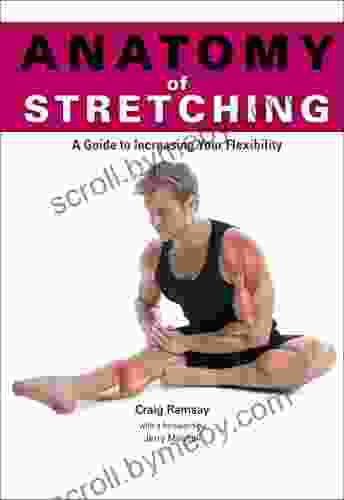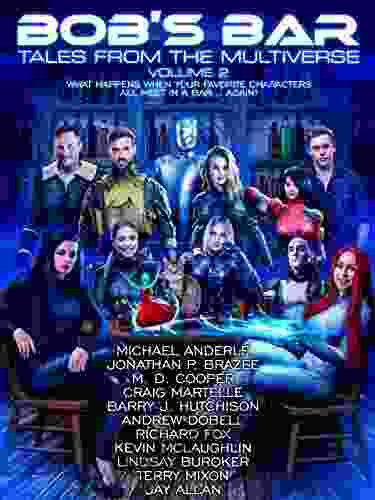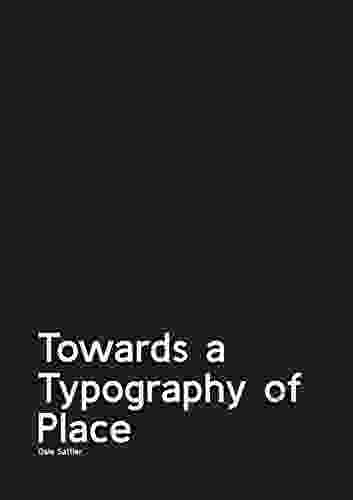Touch: The Overlooked Sense in Cultural History

Despite these challenges, a growing number of scholars are beginning to explore the history of touch. This book is one of the first to provide a comprehensive overview of the cultural history of touch. It examines the role of touch in prehistory, ancient Greece and Rome, the Middle Ages, the Renaissance, and the modern world.
This book reveals that touch has played a vital role in human history. It has been used to communicate, to heal, to create, and to destroy. It has been a source of pleasure and pain, of love and hate.
Touch is a sense that is essential to our understanding of the world around us. It is a sense that has been both celebrated and feared, and it is a sense that we are only just beginning to understand.
Chapter 1: Touch in Prehistory
The earliest evidence of touch in human history comes from the Stone Age. Cave paintings and sculptures from this period often depict people touching each other. These images suggest that touch was an important part of human communication and social interaction.
Touch was also used in prehistory for healing. Shamans and other healers would use touch to treat wounds and illnesses. They believed that touch could transfer healing energy from the healer to the patient.
In addition to its role in communication and healing, touch was also used in prehistory for hunting and gathering. Hunters would use touch to track animals, and gatherers would use touch to find edible plants.
Touch was a vital sense for prehistoric humans. It helped them to survive, to communicate, and to heal.
Chapter 2: Touch in Ancient Greece and Rome
In ancient Greece and Rome, touch was considered to be a lower sense than vision and hearing. However, it was still recognized as an important sense, and it was used in a variety of ways.
In ancient Greece, touch was used in medicine. Doctors would use touch to diagnose and treat illnesses. They believed that touch could reveal imbalances in the body, and that it could be used to restore balance and health.
Touch was also used in ancient Greece for communication. Orators would use touch to emphasize their points, and teachers would use touch to discipline their students.
In ancient Rome, touch was used in a variety of ways, including in medicine, communication, and religion. Roman doctors used touch to diagnose and treat illnesses, and they also used touch to perform surgery. Roman orators used touch to emphasize their points, and Roman teachers used touch to discipline their students. Roman priests and priestesses used touch to perform religious rituals.
Touch was an important sense in ancient Greece and Rome. It was used in a variety of ways, including in medicine, communication, and religion.
4.4 out of 5
| Language | : | English |
| File size | : | 3404 KB |
| Text-to-Speech | : | Enabled |
| Screen Reader | : | Supported |
| Enhanced typesetting | : | Enabled |
| Word Wise | : | Enabled |
| Print length | : | 258 pages |
Chapter 3: Touch in the Middle Ages
In the Middle Ages, touch was considered to be a dangerous sense. It was believed that touch could transmit disease, and it was also believed that touch could be used to cast spells and curses.
As a result of these beliefs, touch was often avoided in the Middle Ages. People were afraid to touch each other, and they were also afraid to touch objects that had been touched by others.
Despite these fears, touch was still used in the Middle Ages for a variety of purposes. Doctors used touch to diagnose and treat illnesses, and healers used touch to perform miracles. Priests and priestesses used touch to perform religious rituals, and artisans used touch to create beautiful works of art.
Touch was a complex and controversial sense in the Middle Ages. It was both feared and revered, and it was used in a variety of ways.
Chapter 4: Touch in the Renaissance
In the Renaissance, there was a renewed interest in touch. Artists, scientists, and philosophers began to explore the sense of touch in new ways.
Artists began to use touch to create more realistic and lifelike works of art. They used chiaroscuro, a technique that uses light and shadow to create the illusion of depth, to make their paintings and sculptures more tactile.
Scientists began to study touch in more detail. They discovered that touch is a complex sense that involves a variety of receptors in the skin. They also discovered that touch is essential for our understanding of the world around us.
Philosophers began to debate the nature of touch. Some philosophers argued that touch is a lower sense than
4.4 out of 5
| Language | : | English |
| File size | : | 3404 KB |
| Text-to-Speech | : | Enabled |
| Screen Reader | : | Supported |
| Enhanced typesetting | : | Enabled |
| Word Wise | : | Enabled |
| Print length | : | 258 pages |
Do you want to contribute by writing guest posts on this blog?
Please contact us and send us a resume of previous articles that you have written.
 Book
Book Novel
Novel Page
Page Chapter
Chapter Text
Text Story
Story Genre
Genre Reader
Reader Library
Library Paperback
Paperback E-book
E-book Magazine
Magazine Newspaper
Newspaper Paragraph
Paragraph Sentence
Sentence Bookmark
Bookmark Shelf
Shelf Glossary
Glossary Bibliography
Bibliography Foreword
Foreword Preface
Preface Synopsis
Synopsis Annotation
Annotation Footnote
Footnote Manuscript
Manuscript Scroll
Scroll Codex
Codex Tome
Tome Bestseller
Bestseller Classics
Classics Library card
Library card Narrative
Narrative Biography
Biography Autobiography
Autobiography Memoir
Memoir Reference
Reference Encyclopedia
Encyclopedia Santa Steve Bates
Santa Steve Bates Daisy Taylor
Daisy Taylor Clayton King
Clayton King Cynthia D Bittinger
Cynthia D Bittinger Colin Post
Colin Post Emily Grabham
Emily Grabham Jeff Patton
Jeff Patton Crystal Marie Fleming
Crystal Marie Fleming Lori Schiller
Lori Schiller Claude C Hopkins
Claude C Hopkins Page Dickey
Page Dickey Craig Huey
Craig Huey Curtis French
Curtis French Daigo Murasaki
Daigo Murasaki Jason Curtis
Jason Curtis Cosmic Publications
Cosmic Publications Coert Voorhees
Coert Voorhees Jim Tselikis
Jim Tselikis Clark A Campbell
Clark A Campbell Craig Johnson
Craig Johnson
Light bulbAdvertise smarter! Our strategic ad space ensures maximum exposure. Reserve your spot today!
 Benjamin StoneFollow ·15.6k
Benjamin StoneFollow ·15.6k Jamie BlairFollow ·13.3k
Jamie BlairFollow ·13.3k E.E. CummingsFollow ·16.7k
E.E. CummingsFollow ·16.7k Wade CoxFollow ·18.2k
Wade CoxFollow ·18.2k Eddie BellFollow ·5.9k
Eddie BellFollow ·5.9k Timothy WardFollow ·17.7k
Timothy WardFollow ·17.7k Aleksandr PushkinFollow ·2.1k
Aleksandr PushkinFollow ·2.1k Jeffery BellFollow ·4.1k
Jeffery BellFollow ·4.1k

 Cruz Simmons
Cruz SimmonsUnveiling the Secrets: An Insider Guide to School Bonds...
Unlock the Power of School...
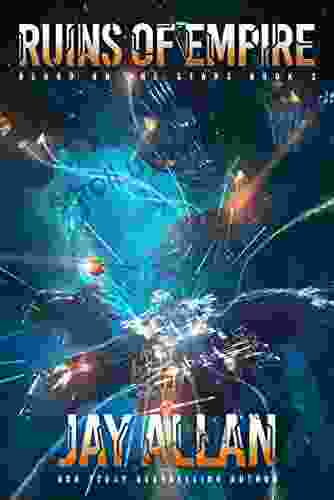
 Gil Turner
Gil TurnerRuins of Empire: Blood on the Stars - The Epic Space...
Ruins of Empire: Blood on the Stars is the...
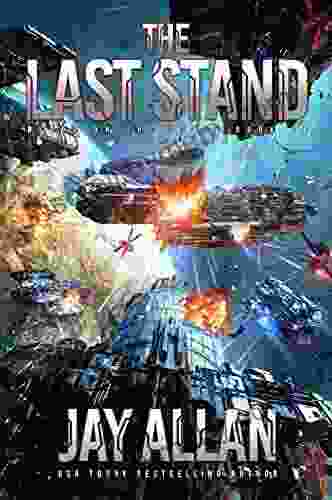
 Allen Ginsberg
Allen GinsbergPrepare for the Ultimate Space Opera: Delve into The Last...
Embark on an...

 Anton Foster
Anton FosterUnleash Your Inner Artist: The Ultimate Guide to Oil...
Chapter 1: The...
4.4 out of 5
| Language | : | English |
| File size | : | 3404 KB |
| Text-to-Speech | : | Enabled |
| Screen Reader | : | Supported |
| Enhanced typesetting | : | Enabled |
| Word Wise | : | Enabled |
| Print length | : | 258 pages |


